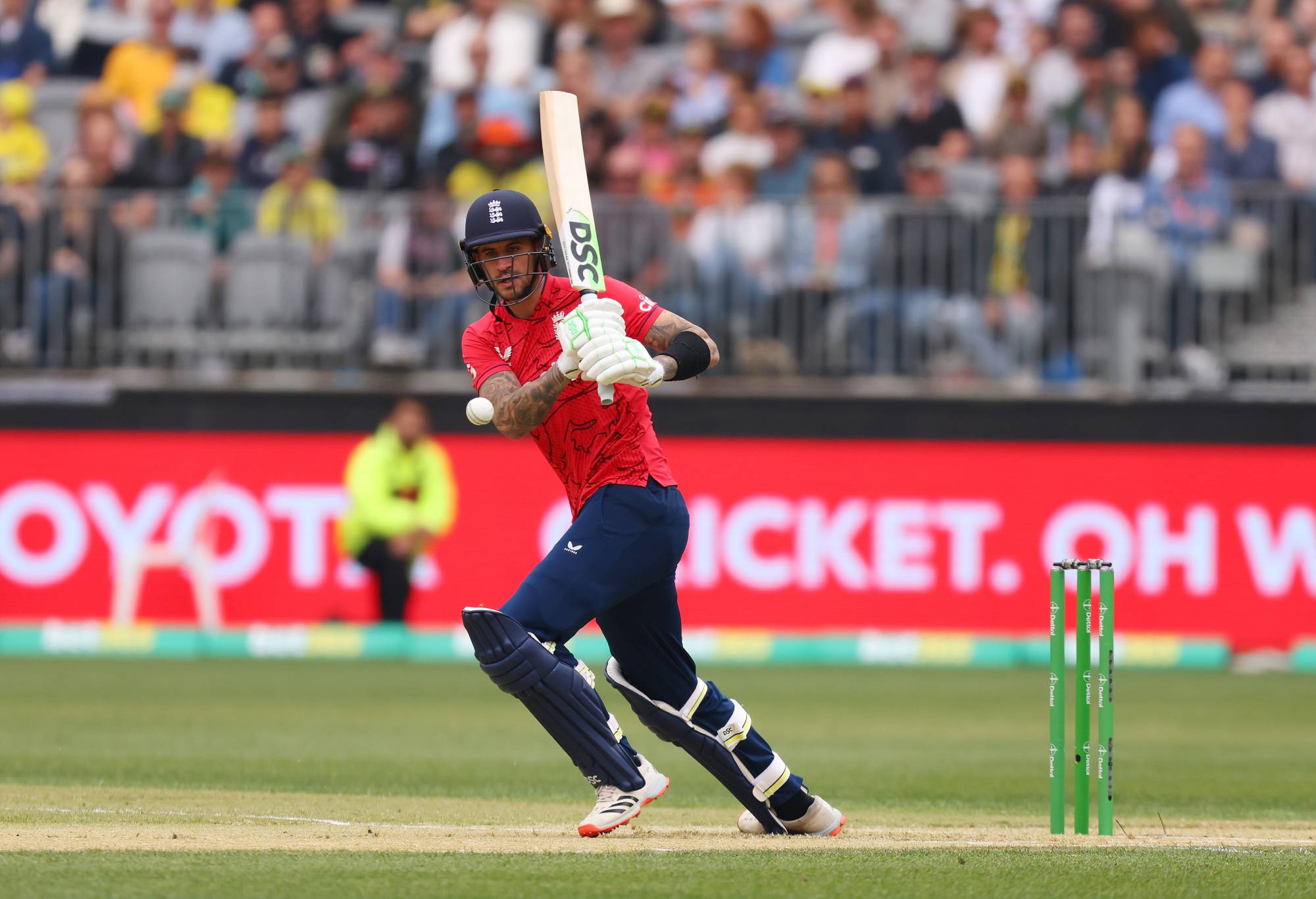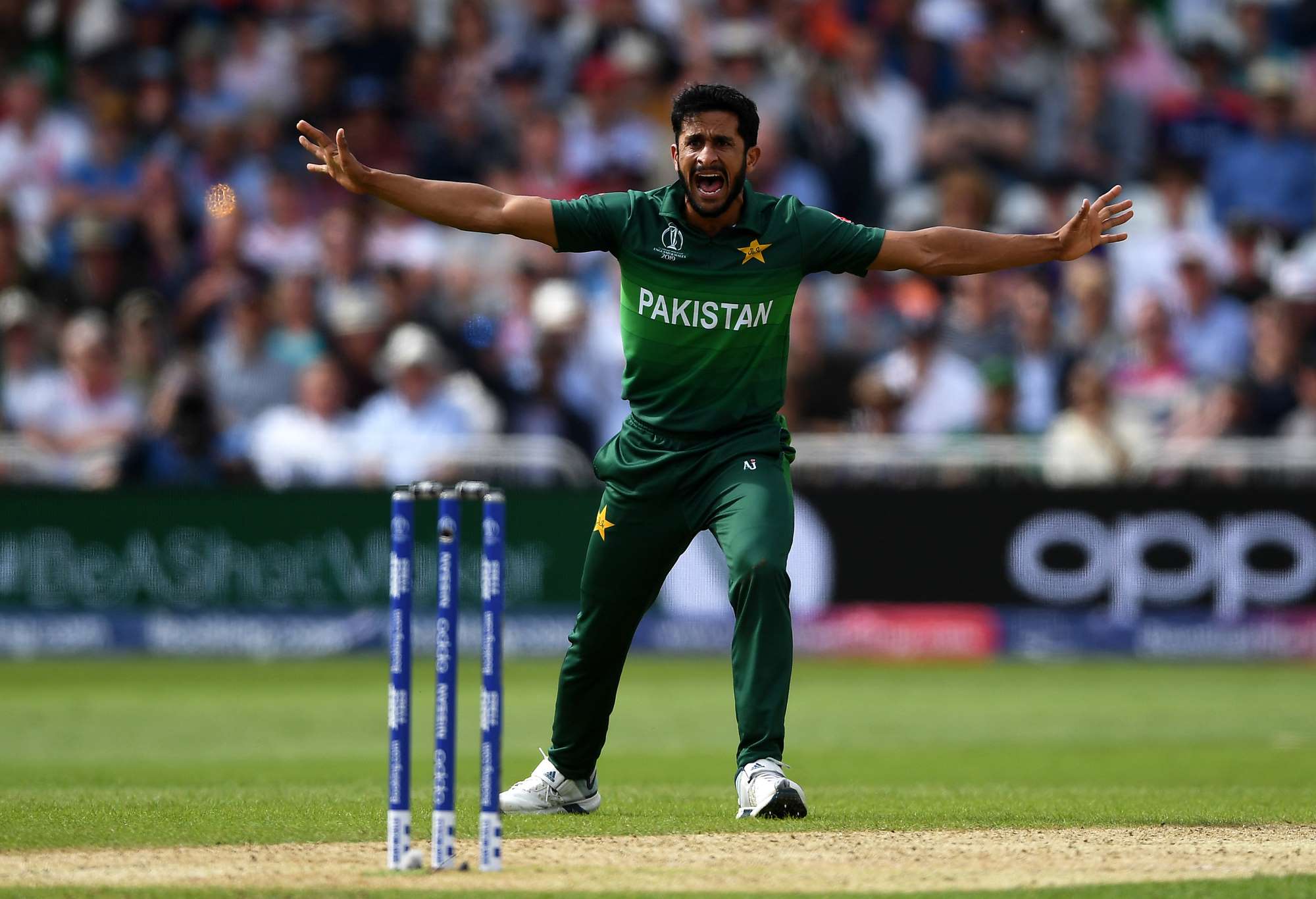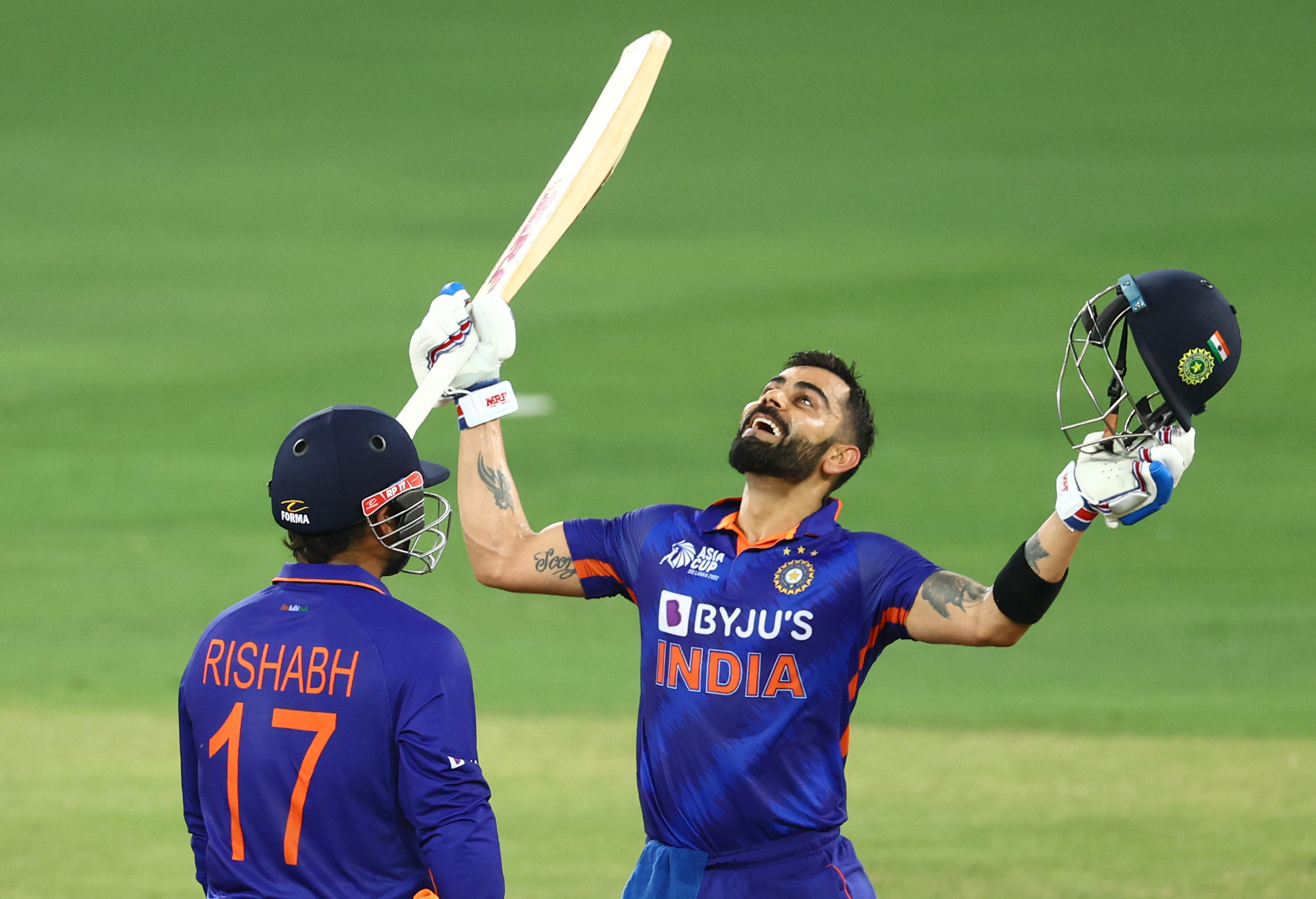We are on the doorstep of the 2022 T20 World Cup, to be held in Australia across October and November.
The tournament was originally scheduled for late 2020 but was delayed due to the pandemic. There will be 45 T20s between October 16 and November 13 across seven cities.
This T20 World Cup is the eighth edition of a tournament that has grown in importance and popularity steadily since its inaugural edition in 2007.
The West Indies are the only team to have won the T20 World Cup twice (2012 & 2016), while Sri Lanka, India, Pakistan, Australia, and England have all tasted victory once. New Zealand were runners-up in 2021 and South Africa’s best finish is a pair of semi-finals in 2009 and 2014.
Sri Lanka is statistically the best T20 World Cup team, having won 63.95 percent of matches since 2007.
The 2022 T20 World Cup will be the last consisting of 16 countries. From 2024 onwards, there will be 20 teams competing for the trophy as the ICC seeks to grow the game globally, initially in the USA and West Indies.
Here is everything you need to know ahead of this year’s tournament, an ultimate guide:

(Photo by James Worsfold/Getty Images)
WHERE WILL THE GAMES BE PLAYED?
Sydney, Melbourne, Perth, Adelaide, Brisbane, Geelong, and Hobart will all host matches in the 2022 T20 World Cup.
The two smallest of venues: Hobart and Geelong, will co-host the 12 qualifier games, beginning on October 16 and concluding on October 21.
Like every major white ball tournament to be played in Australia before, the MCG won the rights to host the final, to be played on November 13.
The semi-finals will be played at the SCG and Adelaide Oval.
CLICK HERE TO VIEW THE FULL FIXTURE LIST FOR THE TOURNAMENT
HOW IS THE TOURNAMENT STRUCTURED?
The ICC has implemented a staggered qualification process for this World Cup. There are eight countries which have already qualified for the Super 12 stage based on ICC rankings.
They are Australia, India, Pakistan, England, New Zealand, Bangladesh, South Africa, Afghanistan.
From October 16, eight teams will compete to fill the additional four spots. Group A has Namibia, Netherlands, Sri Lanka, and UAE, while Group B consists of Ireland, Scotland, West Indies and Zimbabwe.
The top two teams in each of these groups will progress to the Super 12 stage.
Think of this stretch of games as preliminary rounds. The real stuff with the heavyweights starts on October 22 when Australia hosts New Zealand at the SCG.
In the Super 12 stage, there will be two groups of six countries. Each team will play each other once (five games) and the best two from each group will progress to the semi-finals.
In the event of a tie, a super-over will decide the winner. If that super over is a tie again, subsequent super overs will be played until there is a winner.
At the end of the Super 12 group stage, if two teams are equal on points and number of wins, net run-rate will be used to determine which country progresses. If that is identical, then bowling strike-rate is the next factor.

(Photo by Gareth Copley-ICC/ICC via Getty Images)
WHICH TEAMS ARE THE FAVOURITES?
Australia are the clear favourites to win its second title in as many years for two key reasons.
The first is that the Aussies are playing on their home patch. As we saw in 2015, they relish the pressure that comes with a World Cup on familiar soil. Secondly, Australia, at least on paper, is as well-rounded as any team in the world. They have multiple power-hitters, all-round talent to aid flexibility, experience, and youthful energy, amazing fielders, and genuine wicket-taking fast bowlers, plus arguably the most improved spinner in the world across the past two years in Adam Zampa.
CLICK HERE FOR THE FULL SQUADS
But it won’t come easy for the Aussies, Pakistan and England are primed for this tournament. Both have fearless batters and excellent seam bowlers.
South Africa is a team you simply cannot trust in a World Cup given their struggles across the past 30 years, but in theory, they should be right up there. Aiden Markram, Quinton De Kock and David Miller are fantastic short-form batters, while Kagiso Rabada’s bowling will suit Aussie conditions. Unfortunately, falling short on the biggest stage is deeply embedded in their national cricket psyche.
The West Indies and Sri Lanka have been successful across the journey at World Cups, but neither country appears ready to win the entire thing this year and aren’t even certain starters at the time of writing. Yes, they have match-winners, but all teams do. What’s required across the length of the tournament is depth of talent. You could argue this is where they are lacking.
New Zealand is the hardest country to read. They always lift for big tournaments and will enjoy Australian conditions. If you’re looking for value or a smoky, the Kiwis are your best bet.
Afghanistan are vastly improved and should not be taken lightly with a host of spinners at their disposal, but are unlikely to go deep in the tournament. The same can be said for Bangladesh, which lost to New Zealand comfortably on Wednesday in a warm-up match. The Tigers do have finger spinner Shakib Al Hasan though, who is the tournament’s greatest ever wicket-taker and gun batter.

Virat Kohli celebrates after reaching his century. (Photo by Francois Nel/Getty Images)
Then there is India: The birthplace of the most lucrative T20 tournament on earth. Their young players have grown up on a diet of the shortest format, while their older cricketers are entrenched as all-time greats (Virat Kohli averages 76 in T20 World Cups and has twice been player of the tournament).
For one reason or another, it didn’t click for the Indians last year. They still enter the T20 World Cup as one of the favourites, but should they fail, it would be fair to suggest they are a team of stars rather than a star team.
PRIZEMONEY
The winning country receives $1.6 million, the runners-up $800,000, losing semi-finalists $400,000 and the other eight teams $70,000 each.
CLICK HERE for a seven-day free trial to watch international cricket on KAYO
HOW CAN I WATCH THE GAMES?
In Australia, Foxtel has the rights to every game. You can watch all matches live on Fox Sports or Kayo. There are no games that crossover. The ABC is the official radio network for the tournament.
>Cricket News

%20(3).jpeg)



0 Comments